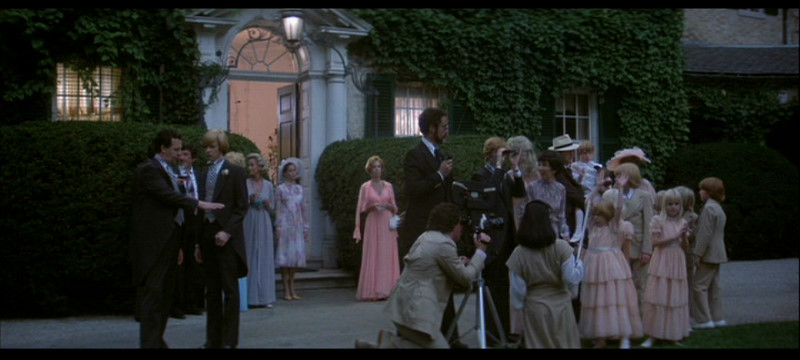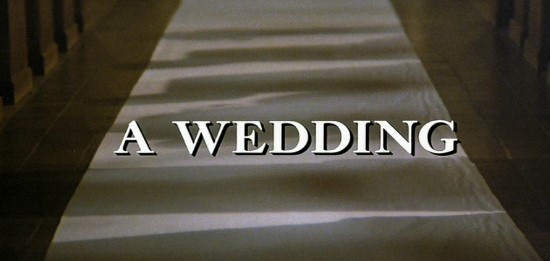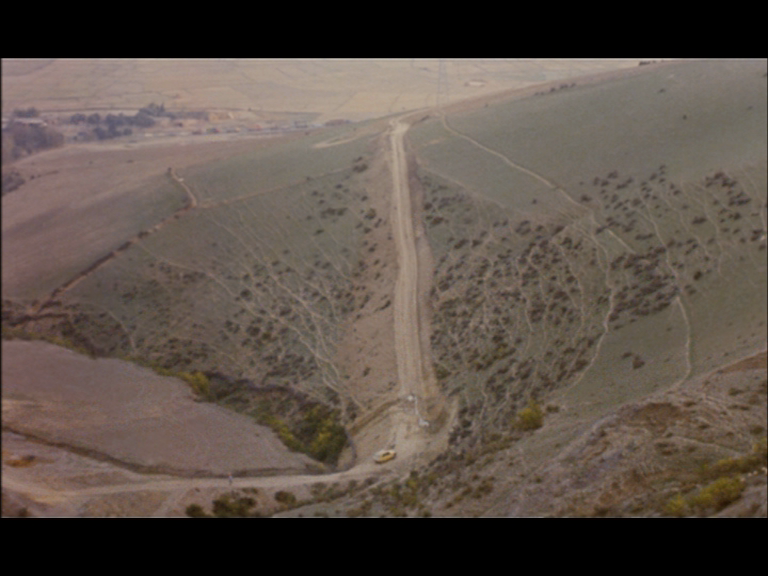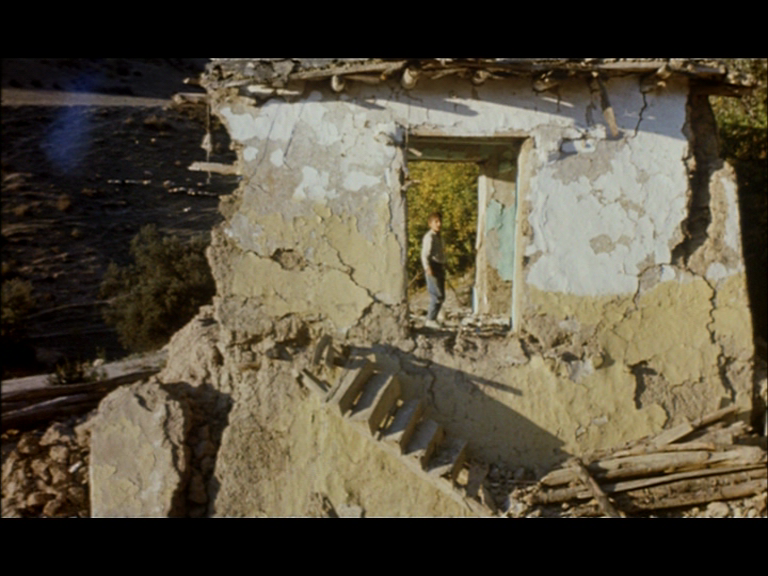From the July 21, 1989 Chicago Reader. — J.R.

LET’S GET LOST ** (Worth seeing)
Directed by Bruce Weber.

“Can you carry a tune? Is your time all right? Sing! If your voice has hardly any range, hardly any volume, shaky pitch, no body or bottom, no matter. If it quavers a bit and if you project a certain tarnished, boyish (not exactly adolescent, almost childish) pleading, you’ll make it. A certain kind of girl with strong maternal instincts but no one to mother will love you. You’ll make it. The way you make it may have little to do with music, but that happens all the time anyway.”
This is jazz critic Martin Williams 30 years ago in a Down Beat review of It Could Happen to You: Chet Baker Sings. By this time, the youthful Baker had already established a reputation as a jazz trumpeter of some promise, and later in the same review, Williams concedes that as an improvising musician, he has a “fragile, melodic talent” that is “his own,” even if he “has hardly explored it.” The same strictures might apply to Let’s Get Lost, Bruce Weber’s spellbinding (if simpleminded) black-and-white documentary about the life, times, and last days of Chet Baker. Read more
From the September-October 1978 issue of Film Comment. — J.R.

An Altman
By Jonathan Rosenbaum

Doubling the number of featured players in Nashville from twenty-four to forty-eight while shrinking the time scale from three days to one, A Wedding offers an extension rather than an expansion of Robert Altman’s behavioral repertory. Variations on the same dirty little secrets, social embarrassments, and isolating self-absorptions that illustrate his last ten movies are trotted out once again -– articulated as gags or tragicomic mash notes, molded into actors’ bits, arranged in complementary or contrasting clusters, orchestrated and choreographed into simultaneous or successive rhythmic patterns, and strategically timed and placed to coincide with unexpected plot or character reversals.
The execution of these pirouettes has never presented critics with much of a problem, for the level of craft is pretty consistent. (Some gags are funnier than others, but all get the same careful/offhand inflection.) What remains a bone of contention is their justification, which shifts more discernibly from film to film. M*A*S*H’s was that war could be fun while Brewster McCloud’s said that escape was impossible; Images and 3 Women depended on shopworn arthouse symbols while Nashville and Buffalo Bill and the Indians put the American flag to comparable use. Read more
From the October 23, 1992 Chicago Reader. This represents my very first attempt to write about Kiarostami’s cinema in a longer review, while I was still beginning to get acquainted with it, and I very much regret my serious underestimation of Where is The Friend’s House? (whose title I and others also got wrong at the time). On the matter of Tati and Kiarostami, Kiarostami has always denied having heard of him whenever I’ve brought up the name, but his former collaborator Amir Naderi affirmed that Kiarostami certainly knew who he was, having been present at the Children’s Film Festival in Tehran when Tati headed the jury there in the mid-1970s (and in fact, I was reminded by Amir’s remarks that Richard Combs, my boss at the time in London, served on the same jury). In fact, I’ve learned from Ehsan Khoshbakht that this festival was sponsored by Kanun, where Kiarostami was employed at the time. — J.R.

AND LIFE GOES ON . . . (LIFE AND NOTHING MORE)
**** (Masterpiece)
Directed and written by Abbas Kiarostami
With Farhad Kheradmand and Pooya Pievar.




It’s fascinating to consider the ideological factors that influence how film canons are formed, especially when it comes to films that depict unfamiliar cultures. Read more









